At Azabudai Hills, Tokyo, a 30-year redevelopment led by Mori Building Company and Heatherwick Studio, the "Modern Urban Village" concept is expressed through a distinctive "Net Frame" GRC facade made with Aalborg White cement, uniting form, texture, and urban vitality.
Project Background
Led by Japan Mori Building, this landmark redevelopment project has transformed a 2.4-hectare district in central Tokyo into a vibrant mixed-use community over the course of 30 years. The development integrates residential, office, retail, dining, gallery, educational, and public spaces, along with two temples. In close collaboration with more than 300 residents and businesses, over 90% of the original tenants and companies chose to return to the renewed district.
The newly completed public areas are expected to attract 25 to 30 million visitors annually. Sustainability and wellbeing were central to the design concept. The Azabudai Hills Mori JP Tower has achieved the highest level of WELL certification — WELL Core Platinum — making it the largest property to receive this distinction for occupant health and wellness in Japan.
The project has also earned double Platinum certifications under both LEED Neighborhood Development (ND) v4 and LEED Building Design and Construction (BD+C) v4, reflecting its excellence in sustainable urban planning, energy efficiency, water conservation, green space integration, and community connectivity.
With these achievements, Azabudai Hills stands among the world’s largest and most sustainable mixed-use developments, setting a benchmark for urban regeneration, serving as a model that harmonizes community, culture, and environmental responsibility.
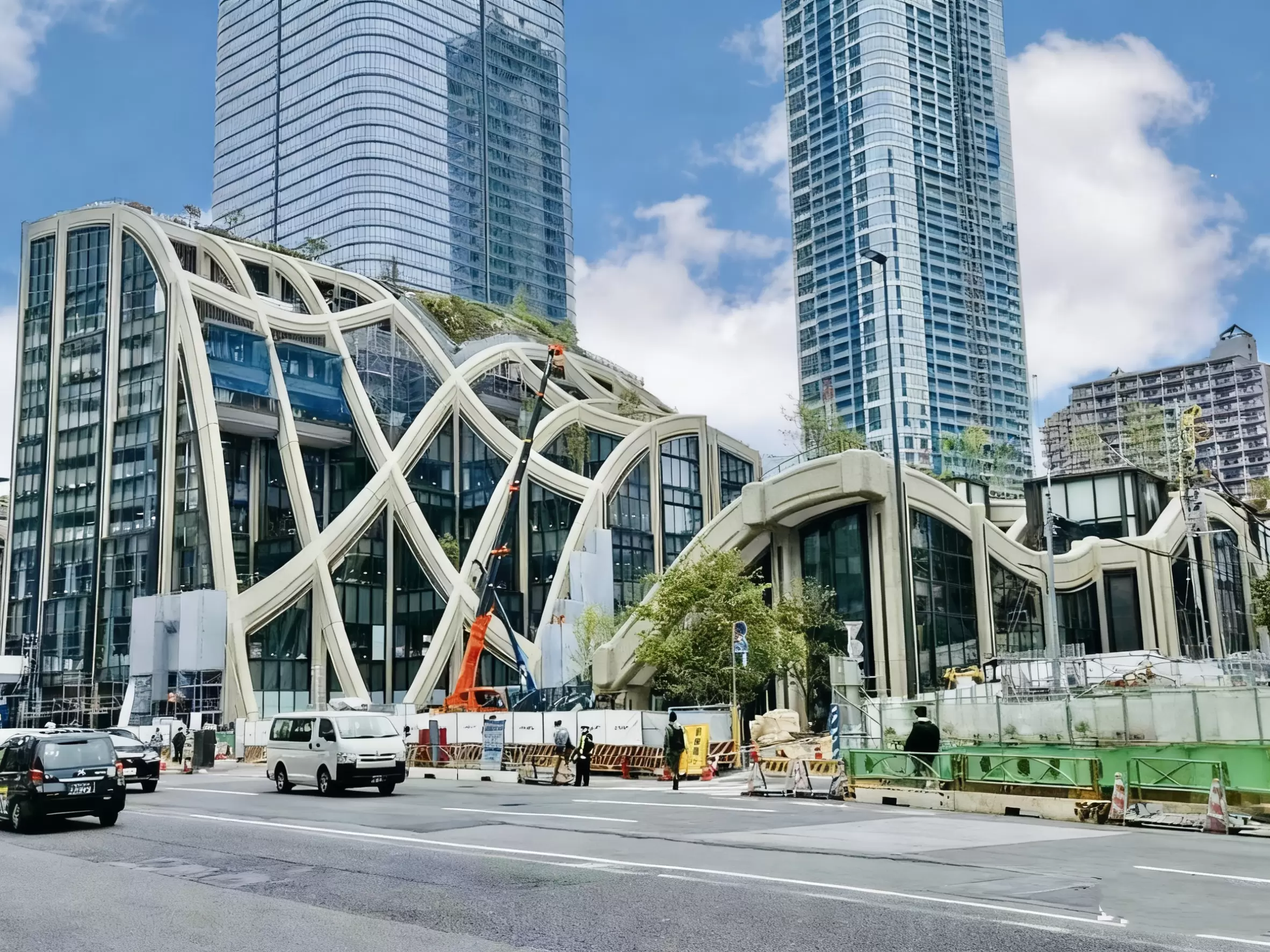
Design Concept and Site Planning
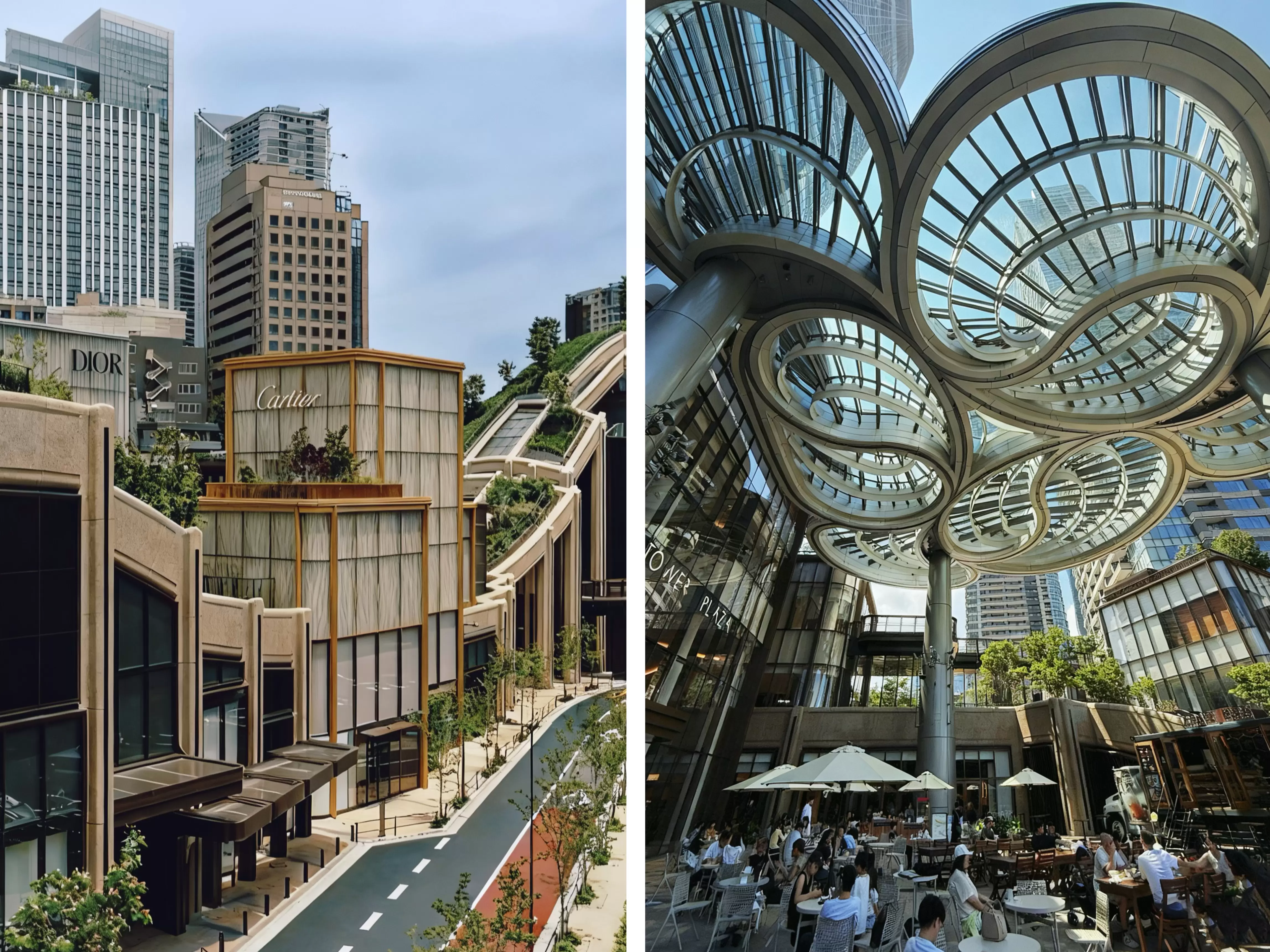
Azabudai Hills is conceived as a “Modern Urban Village,” built around two core principles — Green and Wellness — aiming to blend high-density urban functions with human-centered community spaces. The low-rise retail zone was designed by Heatherwick Studio.
As an advanced example of the Transit-Oriented Development (TOD) model, the project is closely integrated with public transit systems. Its internal circulation encourages walking and public transportation use, effectively reducing car dependency, easing traffic congestion, and minimizing environmental impact. The project aspires to be both a “multi-functional complex” and a “world-class new community.”
The original site had complex topography, inefficient traffic, and outdated buildings. Through a terraced spatial layout, the design achieves a seamless connection between the new structures and the surrounding environment. Spanning 35 years and a total investment of 31 billion yuan, the project successfully coordinated over 300 landowners, advancing construction while respecting urban heritage and maintaining strong community relations.
"Net Frame" GRC Exposed Aggregate Facade
The project has drawn wide attention to its distinctive facade design. The grid-like structure uses prefabricated GRC components to achieve a seamless integration of function, form, architecture, and landscape. After extensive prototyping and testing, the design team selected exposed-aggregate GRC panels for their natural texture, three-dimensional curved shape and tactile surface.
Total 13000m2 GRC façade elements were produced by Anhui Huiliao, using Aalborg White cement mixed with 4–8 mm aggregates and finished with a high-precision exposed aggregate technique. The process involved extremely high technical and performance requirements: double-curved panels with sleeve-bolted connections achieved a tolerance of within 3 mm, with compressive strength exceeding 60 MPa and flexural strength above 25 MPa. While exposed aggregate finishes are common in walls and pavements, applying them to curved surfaces presented exceptional challenges in achieving a perfect even finish, where even slight deviations could affect the overall aesthetic. The final results demonstrate the remarkable success of this craftsmanship.
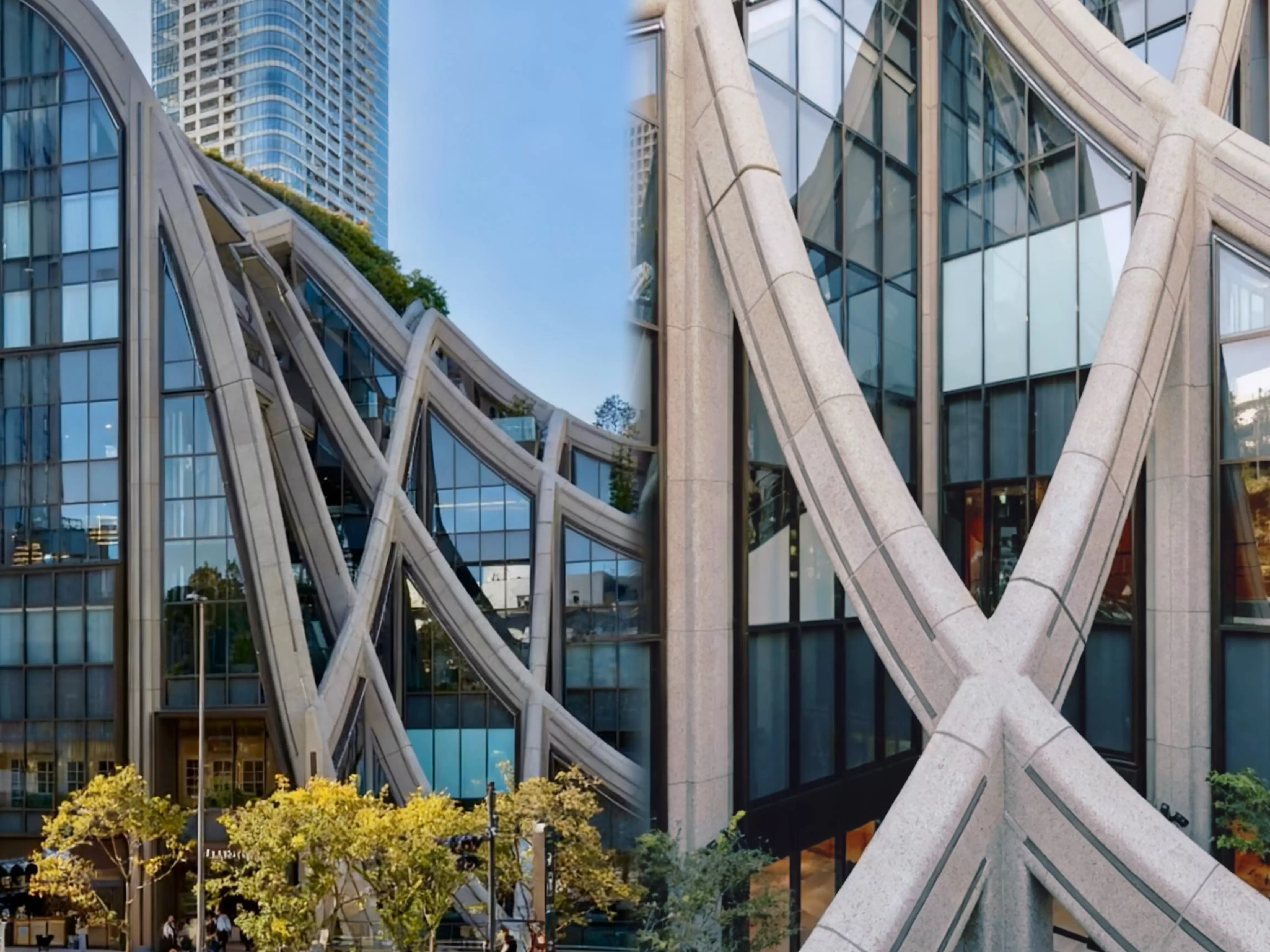
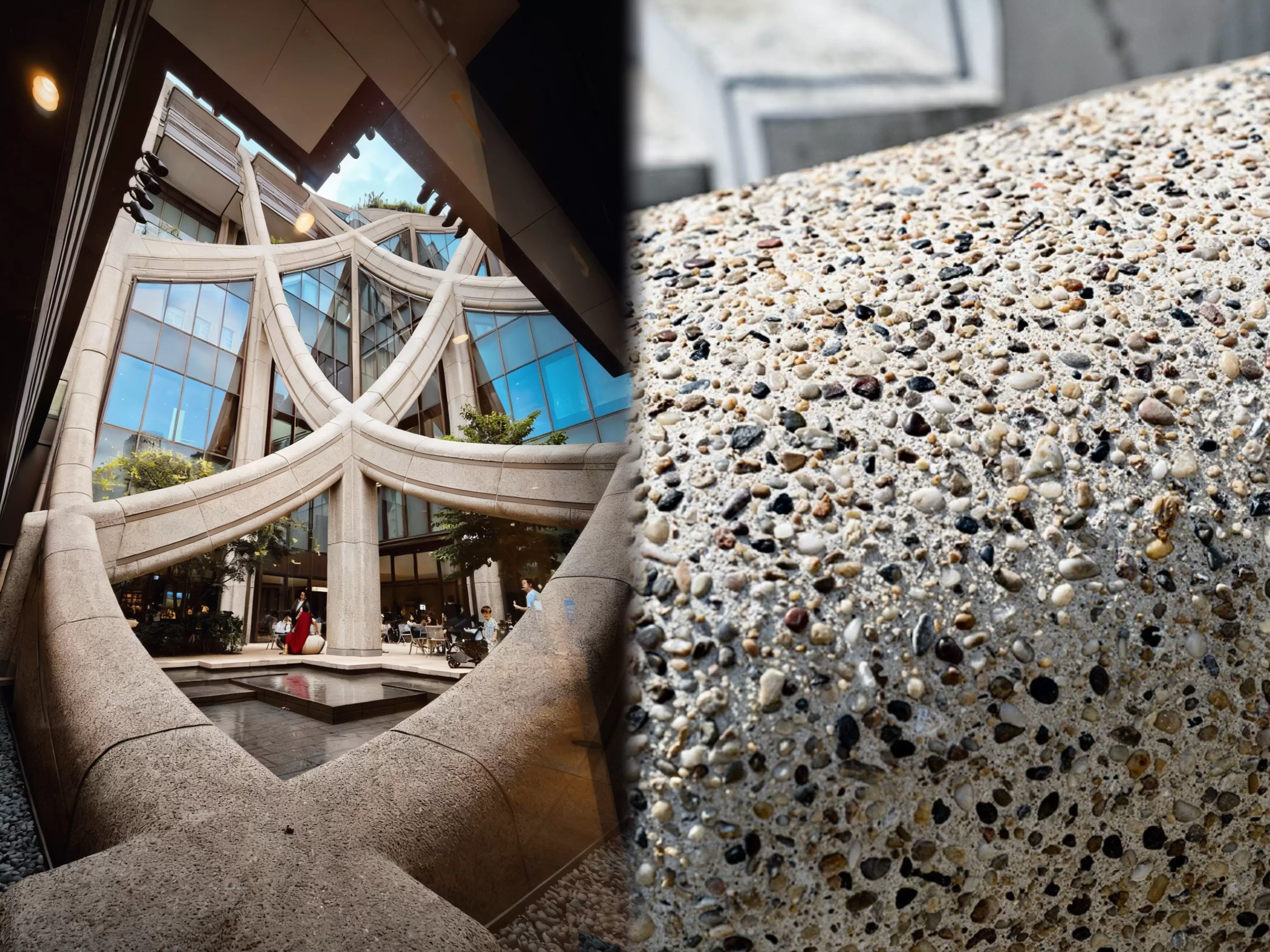
White cement played a key role in realizing the signature “Net Frame” facade. As the important base material for the exposed aggregate GRC panels, Aalborg White cement offers high chemical purity, freedom from impurities, and superior stability, ensuring precise color control and enhancing the natural hue and texture of the aggregates. It provides the ideal background tone, creating a soft beige color that highlights the grain and pattern of the stone, giving the facade a refined and elegant appearance.
In the outdoor plaza, GRC grid components extend the design continuity between the undulating green roof and the ground-level plaza. The natural transition from exposed aggregate to flame-finished stone complements the site’s terrain, responding sensitively to the site’s topography, expressing a deep respect for its natural setting.
Azabudai Hills is more than a building, it is a work of art. The versatility of architecture concrete materials enabled the design team to refine every detail precisely while echoing the textures of the surrounding urban fabric.
Project Information:
Completion: 2023
Location: Tokyo, Japan
Developers: Mori Building Company
Architects: Heatherwick Studio
General Contractors: Obayashi Corporation (Plot C), Shimizu Corporation (Plots A and B2), Sumitomo Mitsui Construction (Plot B1)
GRC Façade: Huiliao Group
White Cement: Aalborg White CEM I 52.5
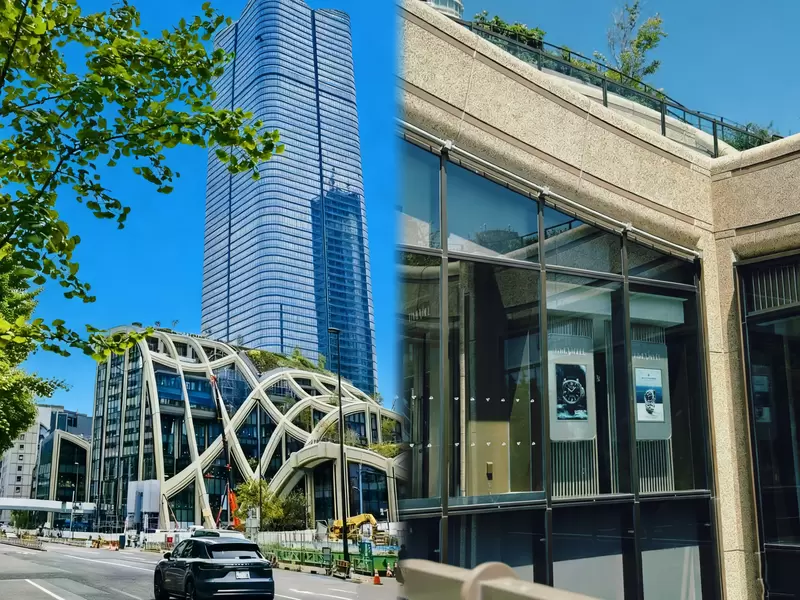
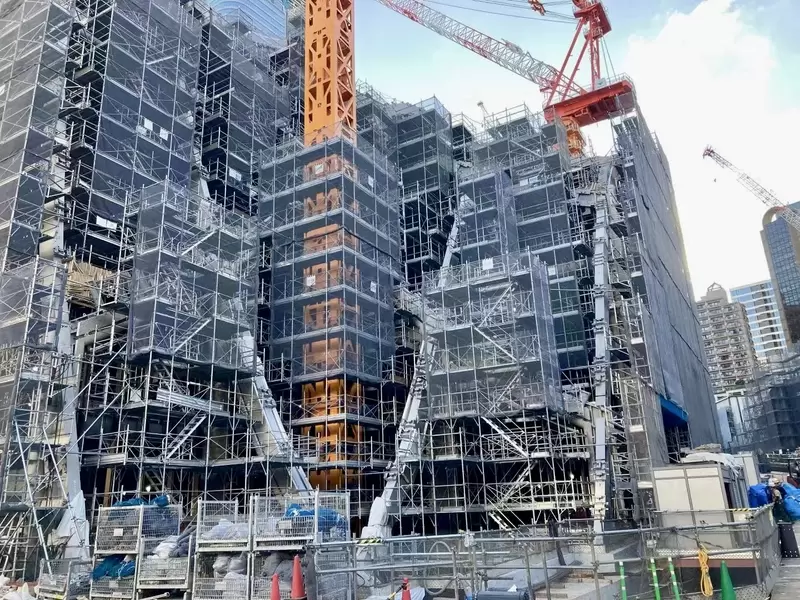
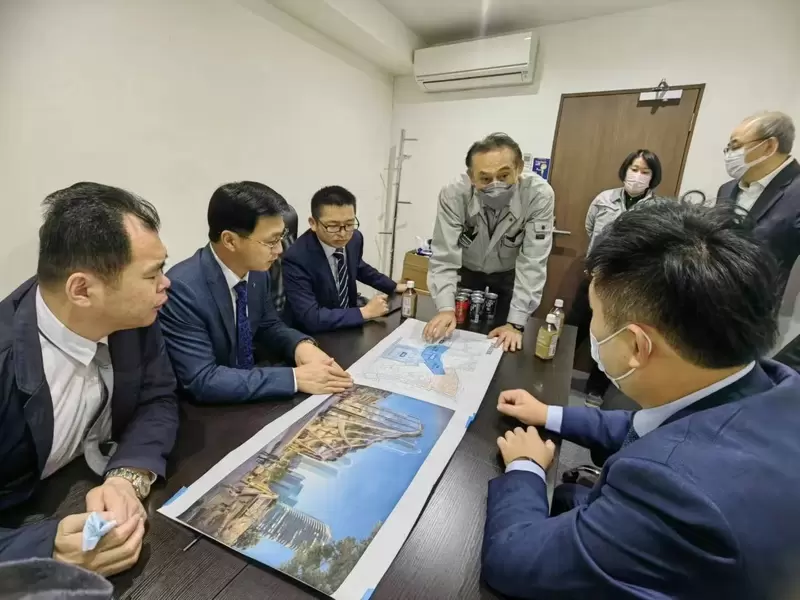
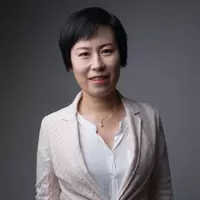
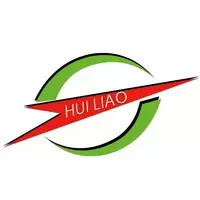
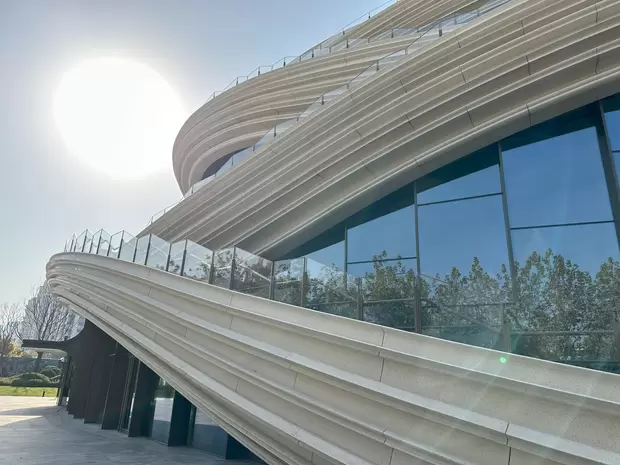
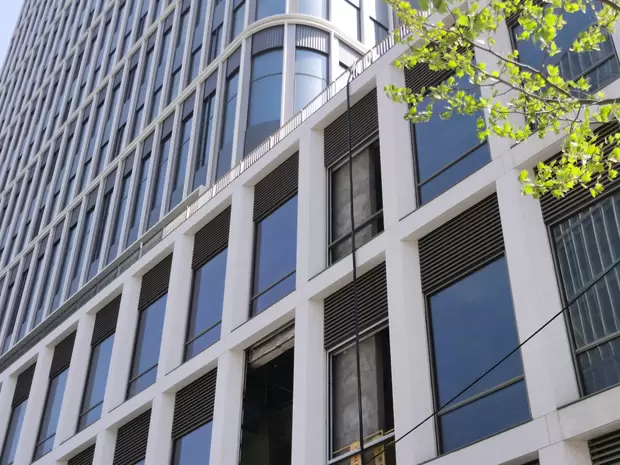
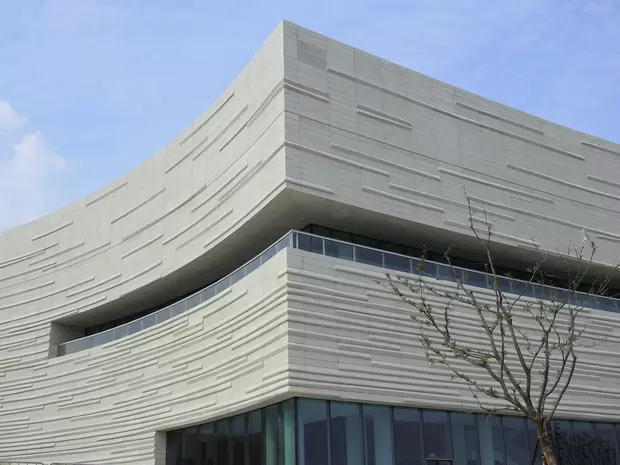
Share on